Brent Gilson’s New Blog: ‘Here’s My Reading Plan’
A MiddleWeb Blog
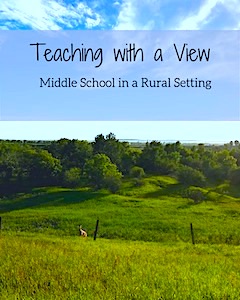 I love the start of the school year – the potential that is possible and the chance to set goals and discover new things with students about ourselves as readers and writers.
I love the start of the school year – the potential that is possible and the chance to set goals and discover new things with students about ourselves as readers and writers.
My assignment this year primarily covers grades 7-9 Language Arts. I am grateful for the opportunity to build and develop a literacy approach for our middle schoolers. I am a believer in balanced literacy, voice and choice, and the need to use literacy studies to help students explore what it means to be human in the world today.
I am often asked how I promote these practices with my students, so I thought I’d share something about our reading approach in particular as the school year is about to begin here in Alberta.
Reading in Room 157
Our reading year is spread across Independent Reading, Whole Class Novel, Book Clubs, Poetry Analysis, and Nonfiction (primarily in the form of Articles of the Week). Students keep a reading notebook that serves as a tool for reflection as well as a “strategy collector” to assist them in class conversations and when approaching a text.
I begin the year with a heavier focus on mini lessons that introduce fix-up strategies that my students can go to when confusion occurs (more below). I also introduce the Notice and Note and BHH techniques from Kylene Beers and Robert Probst; Quadrants of Thought which I first learned about here; and Thought Log Stems (a strategy that students can use in keeping journal entries for their readings) that I picked up from Kelly Gallagher.
This year I will also be adding the TQE method from Marisa Thompson which was featured on The Cult of Pedagogy Podcast. (As you’ll learn from the podcast/article, this technique aims to deepen students’ comprehension of texts and our classroom discussions. TQE actually stands for “thoughts, questions, and epiphanies.”)
I start the year with BHH (Book, Head, Heart), the framework suggested by Kylene Beers and Bob Probst in my favorite professional resource Disrupting Thinking: Why How We Read Matters.
To do this in the past I have used the book Garvey’s Choice by Nikki Grimes, a short novel written in verse. The story details the struggles of a young overweight boy who dreams of being a singer while his disapproving father can’t understand why his large son won’t choose to be an athlete.
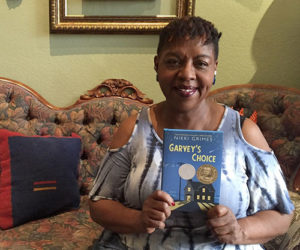
After I have introduced and we have practiced BHH, I move on to mini lessons to quickly address comprehension break downs with the 7 Fix-Ups. These fix-ups are suggested by Cris Tovani and I found they are a great starting point to help when initial confusions set in.
- Try to find connections (Book-Head-Heart)
- Make predictions
- STOP and Think
- Ask Questions and Make Inferences
- Reflect in Writing – Use your journal
- Retell in your own words
- Visualize – Sketch to Stretch
(Download this resource for more Tovani ideas)
From the 7 Fix-ups we move to introduce Notice and Note to my class. I typically stick to the pacing that is suggested in the books by Kylene Beers and Bob Probst. I utilize their lessons when introducing the strategy to the 7th grade classes and then find picture books, short stories and other pieces of text to review the method with my 8th’s and 9th’s.
I love using Notice and Note because it gives all of my students – both striving and excelling readers – something to frame their thinking around. As the year continues we work Notice and Note into our whole class novel and book clubs.
Quadrants of Thought is a tool that I have witnessed bring a lot of deep reflection to a text. For this strategy I use the text I Am Not a Number by Jenny Kay Dupuis and Kathy Kacer. The story is an account of a survivor of residential schools and really has some heart wrenching moments that work well with the multiple reflection points that Quadrants of Thought address.
New to my reading reflection guide this year is the TQE method that I was first introduced to last year by Marisa Thompson. It is a great strategy to help with class discussion, inclusion, access and general engagement in the language arts classroom. This year I will be including it from day one with both my in-class novel work as well as non-fiction work in Articles of the Week. Once I have covered an introduction to all of these strategies I move into my whole class novel.
Whole Class Novel
As a teaching practice, the whole class novel seems to be something that’s done less and less. I loved Kate Roberts’ A Novel Approach as a way to balance the Whole Class Novel with strategy instruction as a scaffold leading to our move into book clubs when students are ready for less guided work.
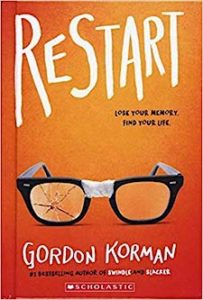
We also use this as a time to focus on question stems borrowed from Kelly Gallagher’s thought logs and other areas. All of our work with Whole Class Novels is in preparation for the move to “choice driven” book clubs.
Book Clubs
When it comes to book clubs I keep it simple. Book options are out on tables. Students get a chance to preview them and make a selection list based on what interests them most. I only have 2-6 copies depending on the text and so not everyone gets their first choice. We put aside the bulk of our writing time for a few weeks while we focus class time on reading and reflecting on the text.
Students are responsible for keeping up their notebooks during the week with a mix of guiding questions tied to the curriculum and discussion points we bring to Friday meetings. All book club work is done in class time. We take three weeks to cover the text and students set their own reading goals to accomplish this. Then we take a week to wrap up and complete an assignment tied to the curriculum around some literary element.
This approach works well for the class, and students really become engaged in the process. I enjoy the chance to sit and discuss the students’ findings on Friday as I move between groups. I can’t read every title alongside my students (I’ve tried it before and won’t try it again) so as part of their weekly reflection they also talk about their group and what each member is bringing to the discussions.
Fridays are journal turn-ins. This is not a grading-heavy task. Students pick a 1-2 page spread from their journal for each check-in. They star it and I will provide specific feedback there but also look quickly through their whole journal. This approach works, is not time consuming, and provides a snapshot to inform intervention.
This year I want to explore ways to extend my students’ work in journals. I look to leaders in the field like Penny Kittle and Travis Crowder (who has a book on notebooks, Reflective Readers, coming out in October/November) to inspire my growth in using notebooks with my students.
https://twitter.com/teachermantrav/status/1162911485510787072
Independent Reading
Independent reading time is the cornerstone of my classroom literacy work. I was just at a PD session where Cornelius Minor spoke about how our actions prove who we are – not our words. I can talk about how important reading is until I am blue in the face, but to show it is what’s really important. I must provide the time.
I am blessed with a schedule that provides ELA blocks with a minimum of 50 minutes on Fridays to 70 minutes Monday-Thursday for most of my classes. This affords me the opportunity to give 20 minutes of protected independent reading time.
This does not mean I turn my students loose to read and I put my feet up. It means I help them find books they will love through book talks. I check in with them on how those books are going, and I provide the time to accomplish what they need to do. As Kylene Beers says:
When we provide student time to do this, we are telling them independent reading is important to us. We are telling them we value their development as readers more than tests, more than data, more than control. Independent reading is so important I make sure it happens every day. Some days will not be the full 20 minutes, and some of the time students don’t take full advantage, but as they say “Rome was not built in a day” and neither is a culture of reading and literacy.
The Classroom Library
Finally, I need to mention the importance of a classroom library that as Rudine Sims Bishop suggests serves as “Mirrors, Windows and Sliding Glass Doors” for our students. It’s an crucial piece in building my literacy community.
In a society where there is so much “othering,” our students need to see books that reflect the World, not just their world. By providing these books, I give my students options to explore. There are active attempts to censor libraries and reduce or block authors representing both IBPOC and LGTBQ communities. As teachers we have a responsibility to our students to provide them with those mirrors, windows and doors.
What works for me in my classroom might not work for you. I borrow and build on the ideas of others. We need to take into account our students and their unique experiences and build our literacy experience to focus on helping them grow as enlightened people in a challenging world.
This is a start for me and we adjust as the year clips on. This work is not all that complicated. Great books, time to read them, and the chance to reflect. That is what my classroom looks like.

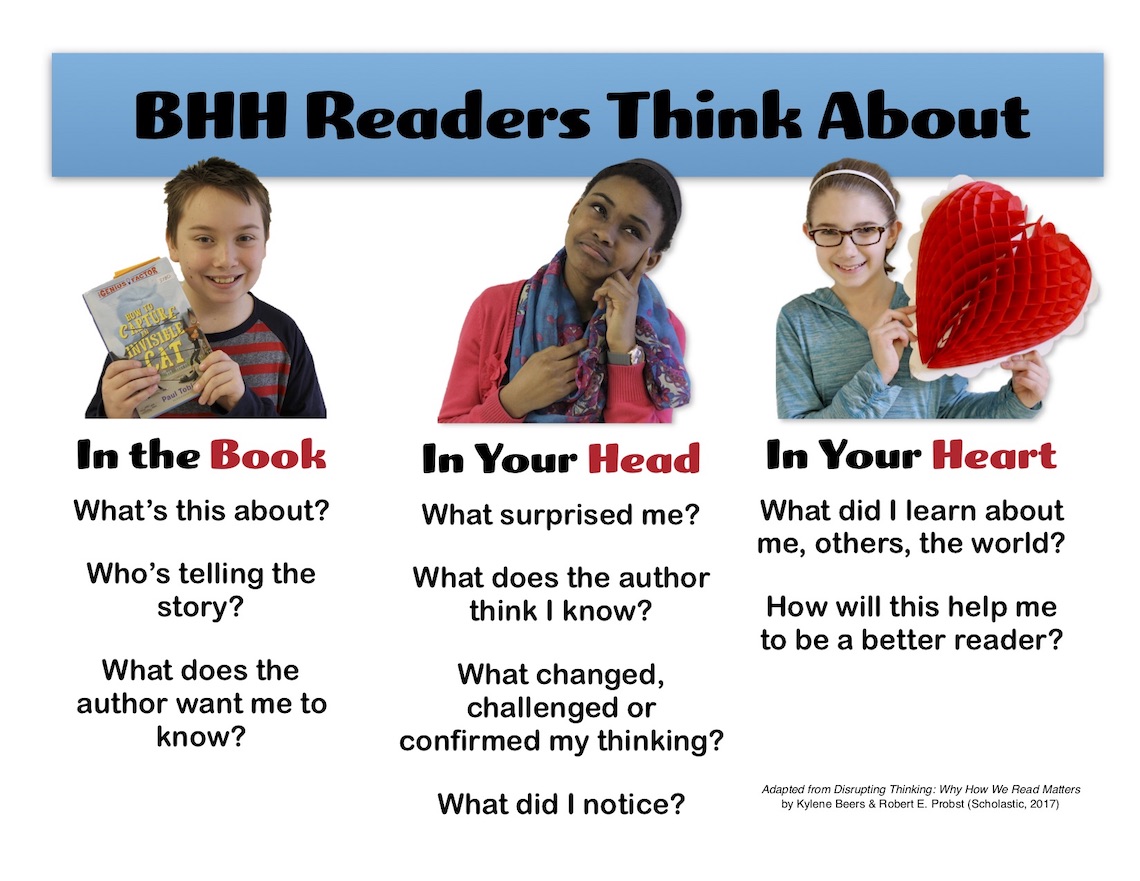
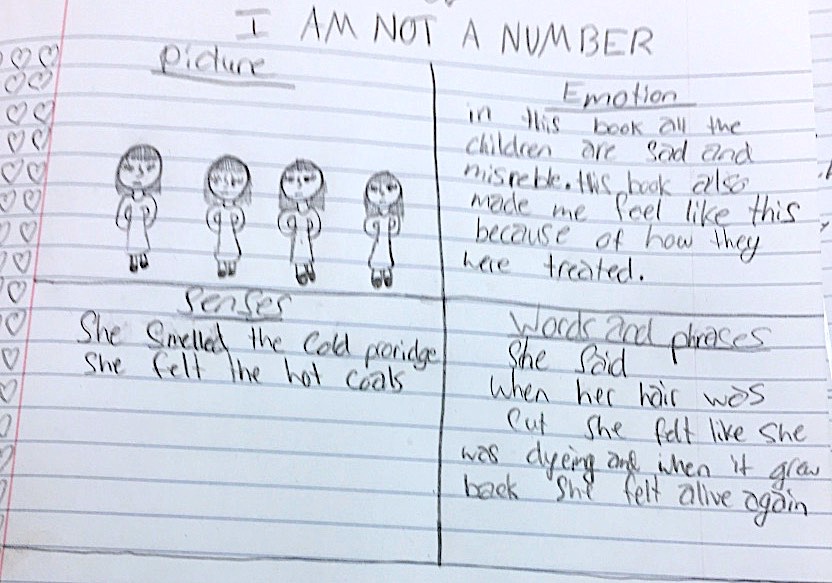

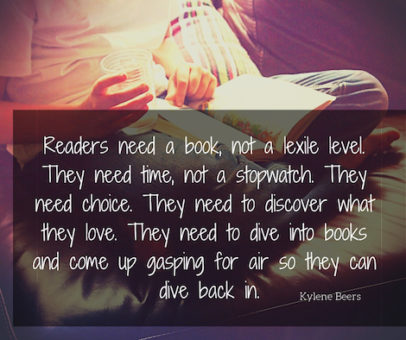


































Brent, you know that you and I are kindred spirits in the way we teach English. My school year flows in much the same way, but I only have 45 minutes per day, so I can’t dig quite as deep as you can. Wonderful post with great tips for every MG English teacher. So happy you are sharing your thoughts with the global community.
We are too!